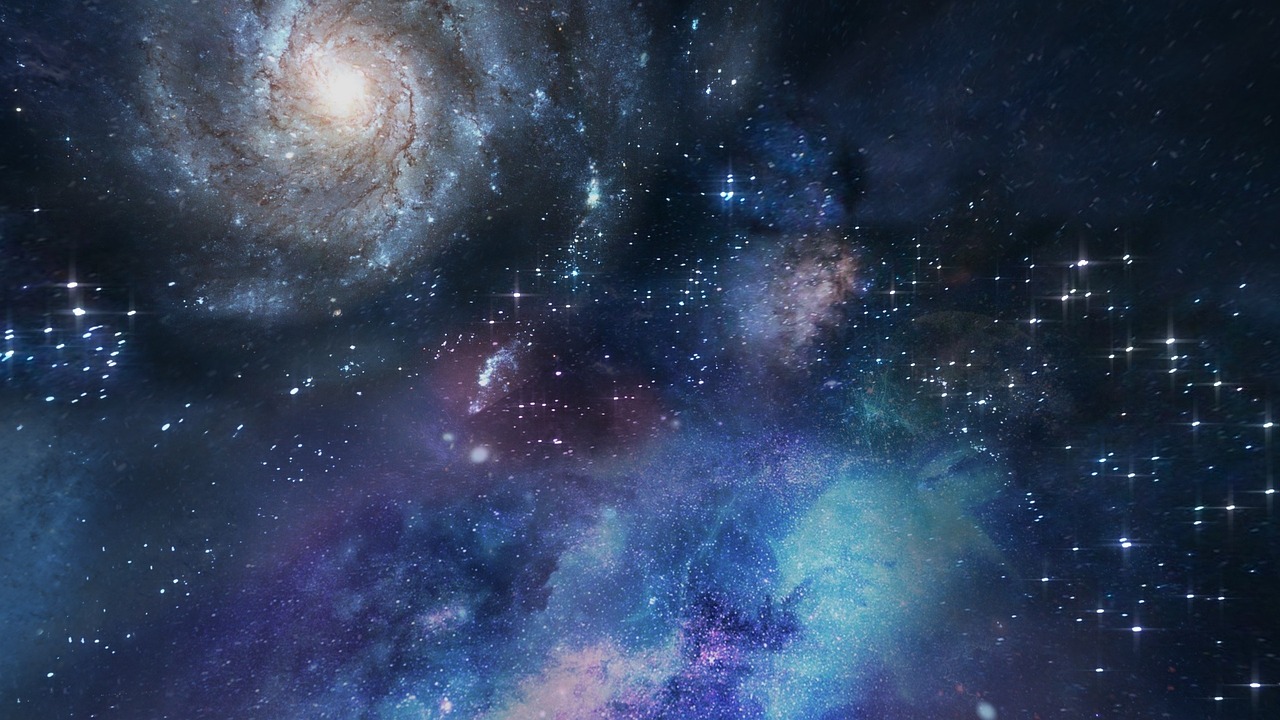This post is also available in:
 עברית (Hebrew)
עברית (Hebrew)
There are currently thousands of Starlink satellites that belong to SpaceX, and they are causing a lot of disputes in the science and astronomy communities. They are disrupting scientific research by causing streaks in deep space photos, and according to a new study are also dumping “unintended electromagnetic radiation” into space, which could be a major problem for Earth-bound astronauts.
The study published in Astronomy & Astrophysics states that the satellites in low Earth orbit could be muddling or even drowning out signals from deep space that radio astronomers search for.
Cees Bassa from the Netherlands Institute for Radio Astronomy and co-author of the study said in a press release- “We detected radiation between 110 and 188 MHz from 47 out of the 68 satellites that were observed. This frequency range includes a protected band between 150.05 and 153 MHz specifically allocated to radio astronomy by the International Telecommunications Union (ITU).”
Despite this critical information, this type of radiation isn’t covered by any international regulations, so SpaceX isn’t breaking any actual rules.
The catalyst for the study was the launch of the first 60 Starlink satellites in May 2019, which was then an unprecedented number.
Since then, Starlink has launched more than 3,000 satellites, which provide internet to more than 50 countries, and they are aiming to hit 10,000 satellites by 2027.
So how do satellites affect radio astronomy, and why does that matter?
According to CTV news, radio astronomy is the branch of astronomy that studies radio waves coming from deep space. Instead of relying on the visible light spectrum and photographs of space, radio astronomy uses the patterns and qualities of radio waves to organize them into signals that can tell us things about celestial objects we might not be able to see.
In this new study, researchers tracked the radiation coming from onboard electronics on the Starlink satellites.
Human-made radio signals can drown out the faint signals from deep space, so many radio astronomy sites are specifically built in areas that have protections from terrestrial interference, including radio-quiet zones.
Benjamin Winkel, a scientist with the Max Planck Institute for Radio Astronomy (MPIfR) in Germany and co-author of the study, said- “Our simulations show that the larger the (satellite) constellation, the more important this effect becomes as the radiation from all the satellites adds up”.
“This makes us worried not only about the existing constellations but even more about the planned ones — and also about the absence of clear regulation that protects the radio astronomy bands from unintended radiation.”
The authors of the study reiterated that other low-Earth-orbiting satellites likely emit the same radiation and that this isn’t just a SpaceX issue.
According to CTV News, SpaceX is aware of this new study and “has offered to continue to discuss possible ways to mitigate any adverse effects on astronomy in good faith.”




